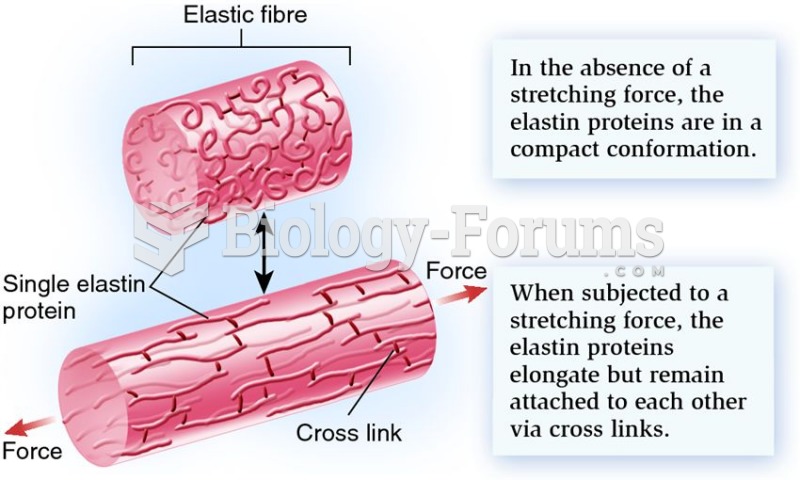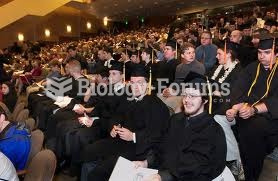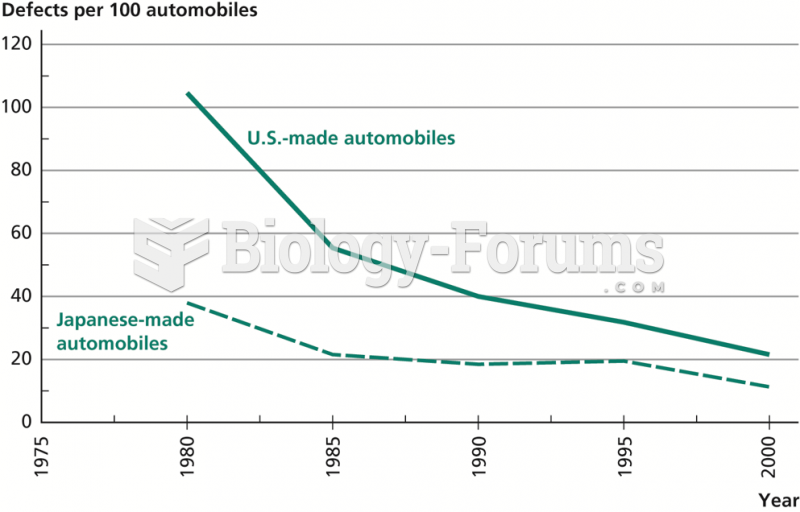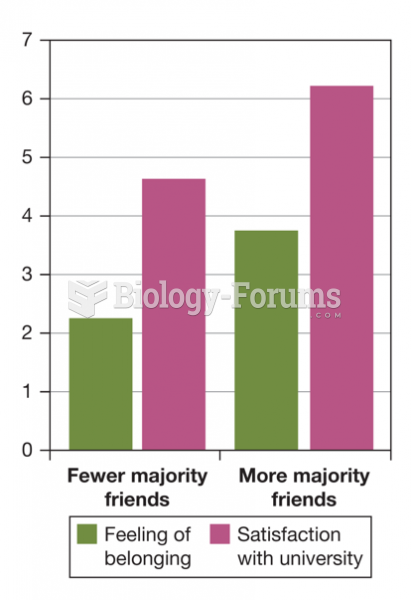Question 1
The primary focus of the Committee on Public Information was __________.
A) serving as the government's pro-war propaganda machine
B) operating as the military's means of communicating with the public
C) regulating the flow of intelligence through the military and government
D) informing the public about corruption in the war industries
Question 2
How did the Civil War affect women in both the North and South?
A) They fought for the right to serve in the military.
B) They took on new responsibilities outside the domestic domain.
C) They strived to maintain their traditional roles.
D) They began to advocate for more legal rights for themselves.
Question 3
The Strategic Arms Limitation Treaty (SALT I) __________.
A) constituted the first step in negotiating peace with North Vietnam
B) was an agreement with the Soviet Union limiting intercontinental ballistic missiles
C) constituted the beginning of new diplomatic relations with China
D) was used by President Nixon as evidence to support escalation in Vietnam.
Question 4
What did National American Woman Suffrage Association president Carrie Chapman Catt mean when she said that it is a risk, a danger for a country like ours to send 1,000,000 men out of the country who are loyal and not replace those men by the
loyal votes of the women they have left home? A) Women were entitled to take over factory jobs vacated by departing soldiers.
B) Woman's suffrage could cancel out the votes of disloyal German Americans.
C) Voting women would ensure that President Wilson would keep his word about spreading
democracy to all Americans.
D) American women should be thanked for their war efforts by giving them the vote.
Question 5
What made the 1970 killings of four students who were protesting the U.S. invasion of Cambodia at Kent State University so ironic?
A) Americans feared that a war undertaken to protect American democracy was instead of
destroying it.
B) The four victims had just been drafted to go serve in Vietnam and Cambodia.
C) Nixon had recently called the student protestors such as those at Kent State bums blowing up
campuses while the public perceived them as martyrs.
D) The Kent State shootings unmasked the town and gown divide that resulted in
counterprotests to support the war.







